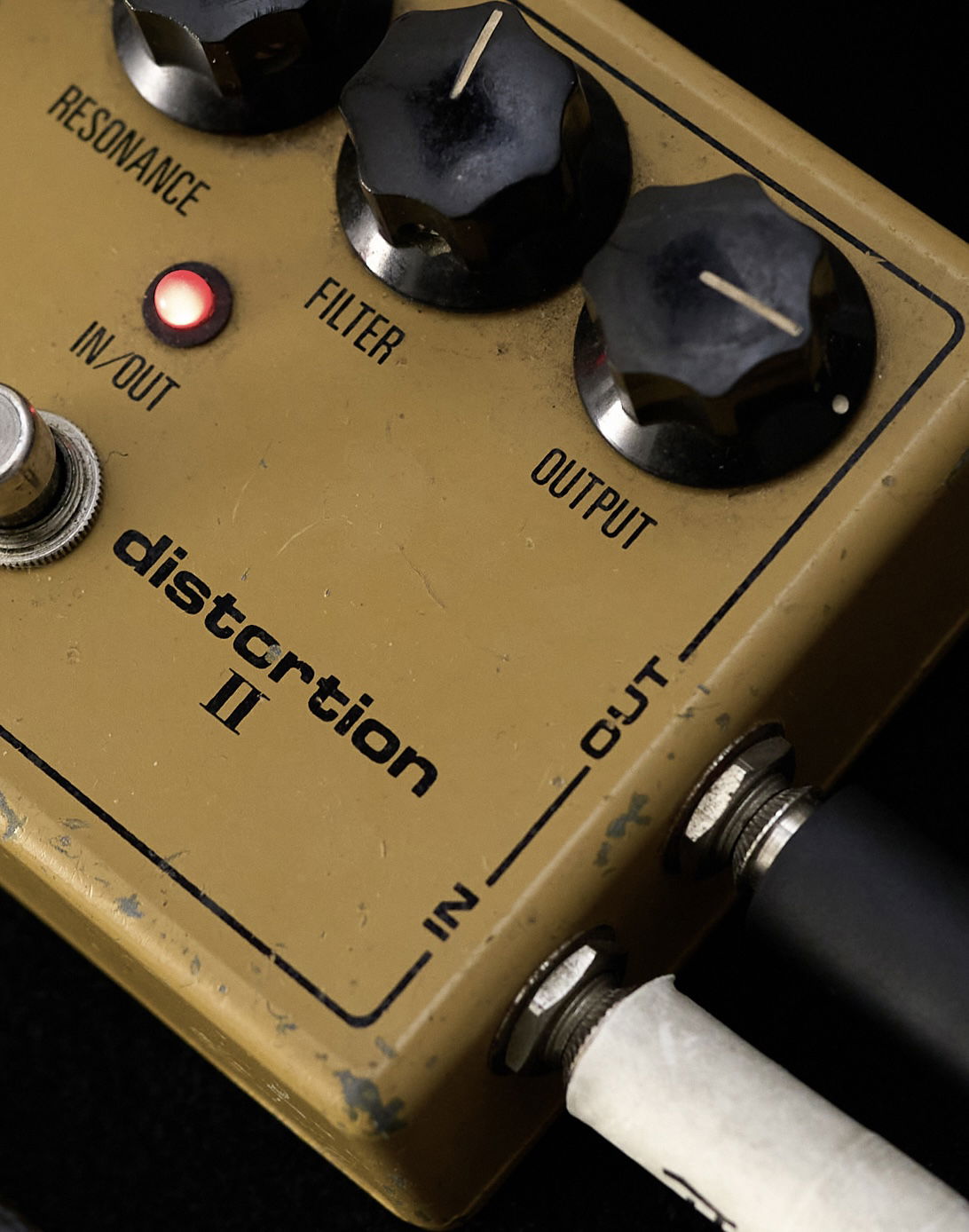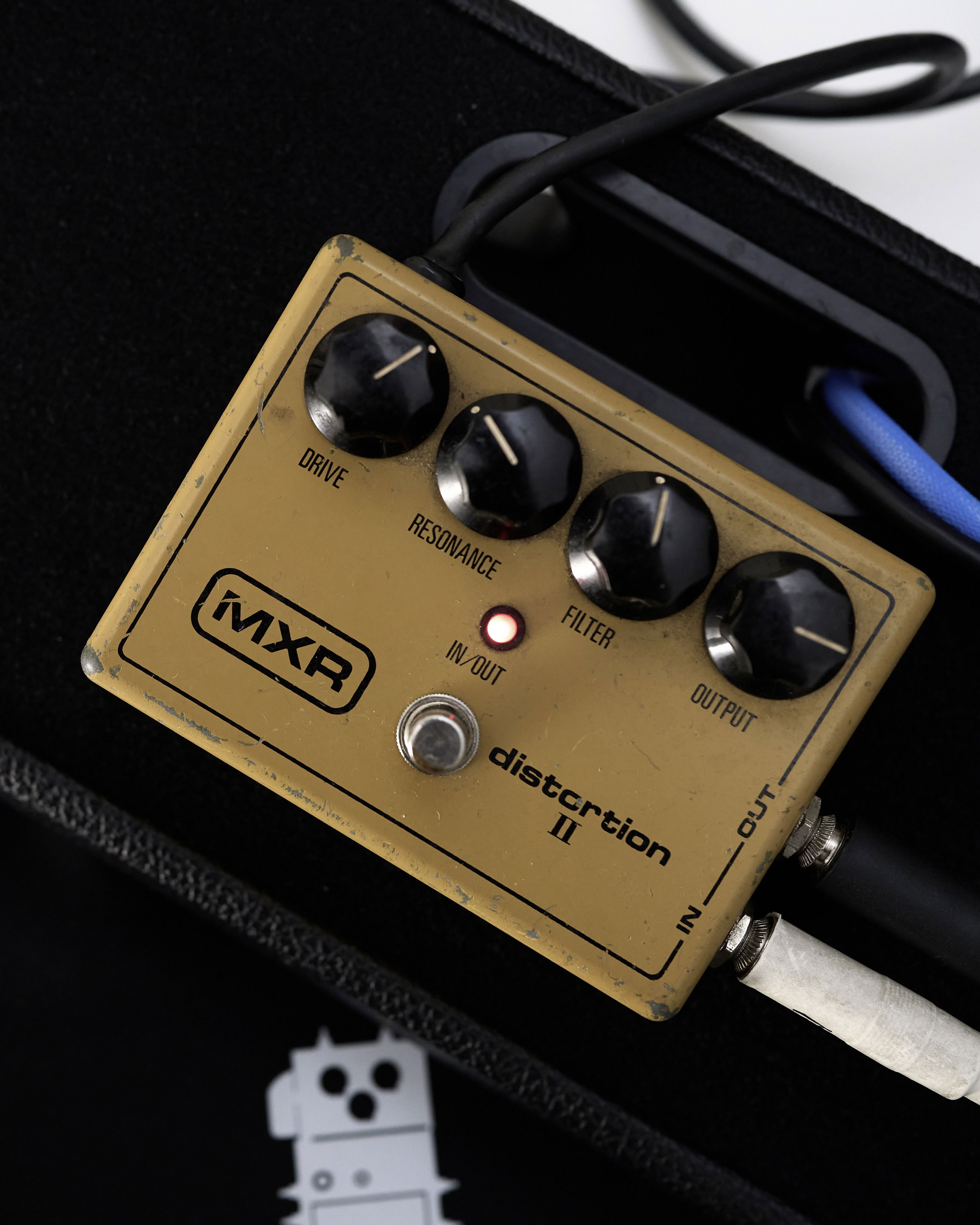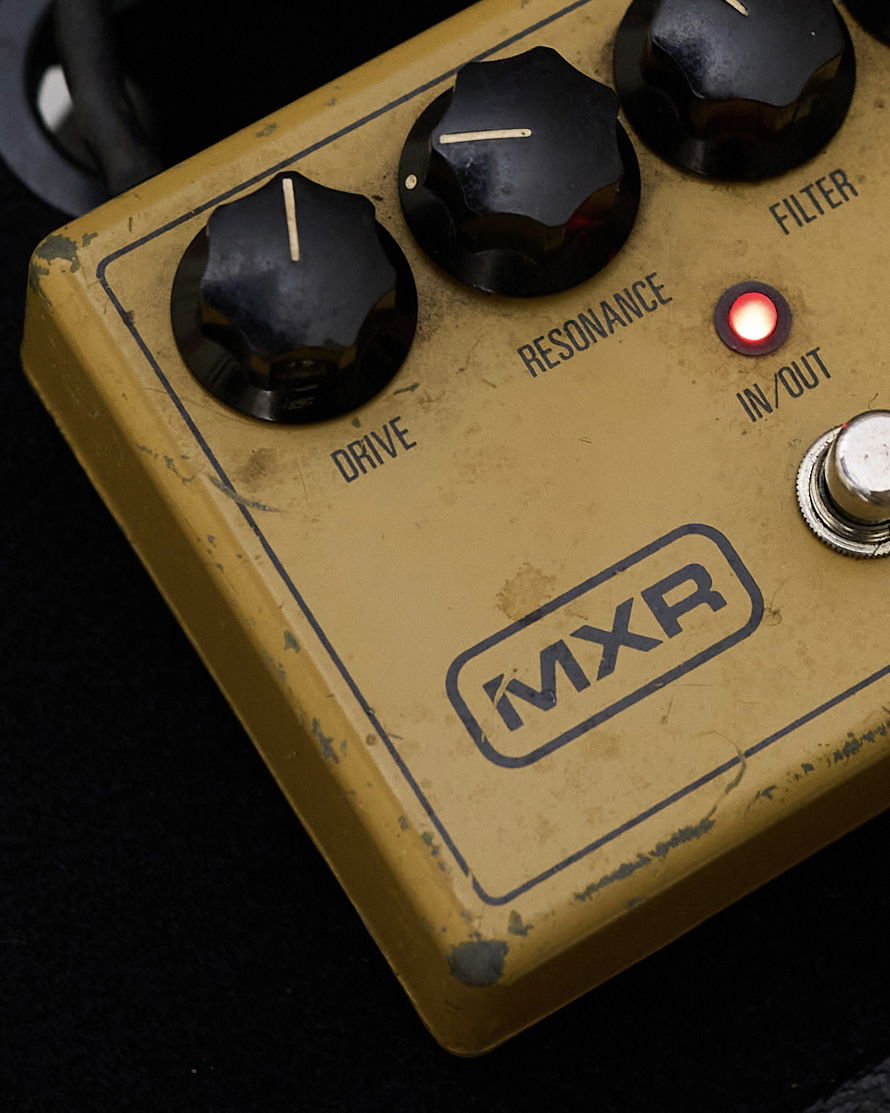'79-'84 MXR Distortion II Loop Video
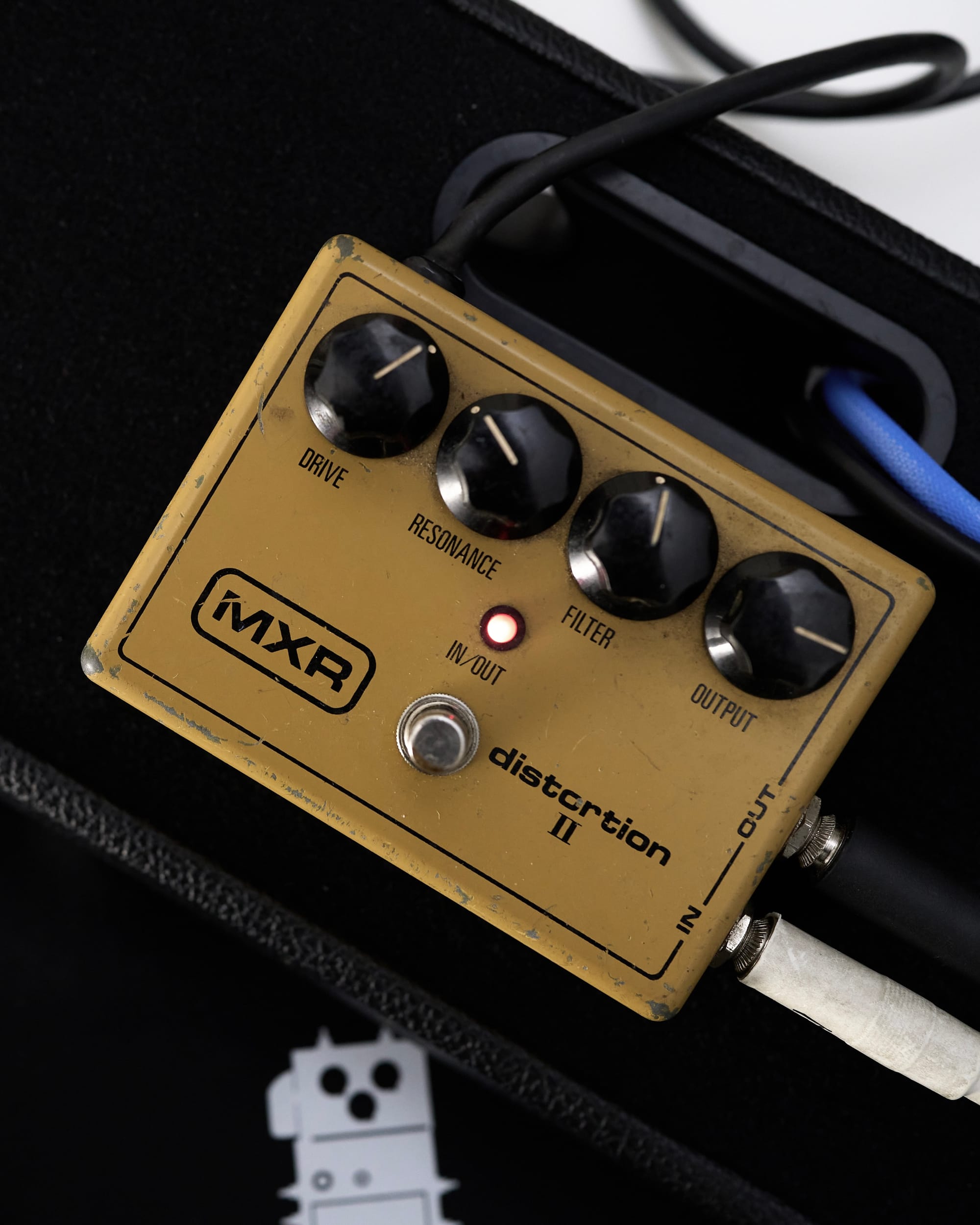
The MXR Distortion II was always the overlooked sleeper of the original MXR lineup. Poor sales led to its quick disappearance, making it so forgotten that most people didn't know it existed when the Distortion III appeared decades later.Its obscurity masks its historical importance: this was the secret weapon in Billy Corgan's Siamese Dream tone, working alongside his Big Muff. The pedal's unique "Resonance" control isn't just EQ - it's a parallel low-frequency gain stage that interacts with the main drive circuit, getting more aggressive as you push the drive higher. This creates the pedal's signature woody, resonant character, but it can quickly become too bass-heavy depending on your setup.
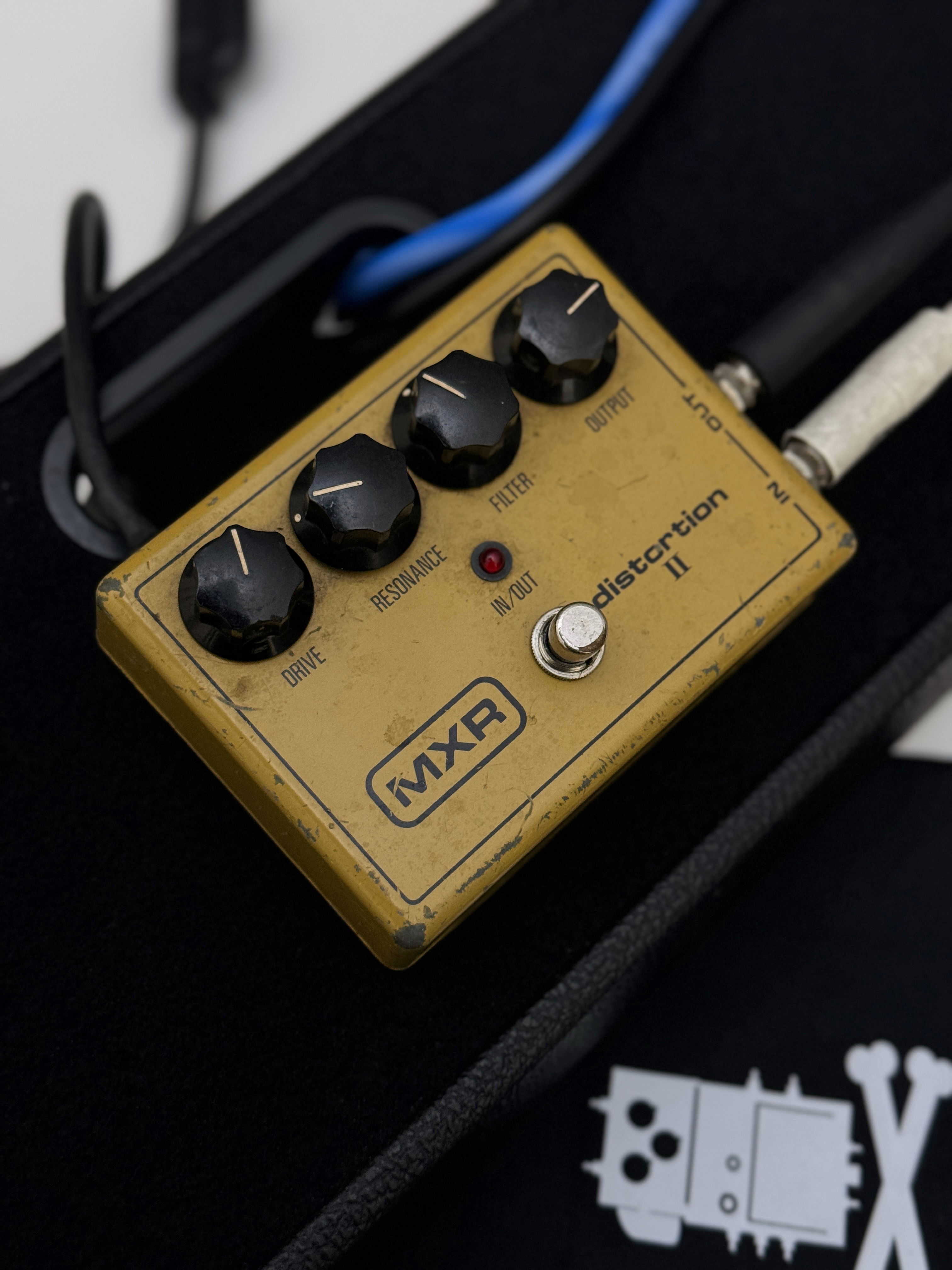
Most users keep resonance at zero for high-gain settings, only adding it subtly for lower-gain tones. The filter works like a Rat's low-pass control, typically left wide open.With minimal boost available at low settings and its bass-heavy tendencies, the Distortion II demanded specific knowledge to use effectively. That complexity probably hurt sales originally, but it's exactly why Corgan could craft such distinctive tones with it. Sometimes the most important gear is what everyone else overlooks.
